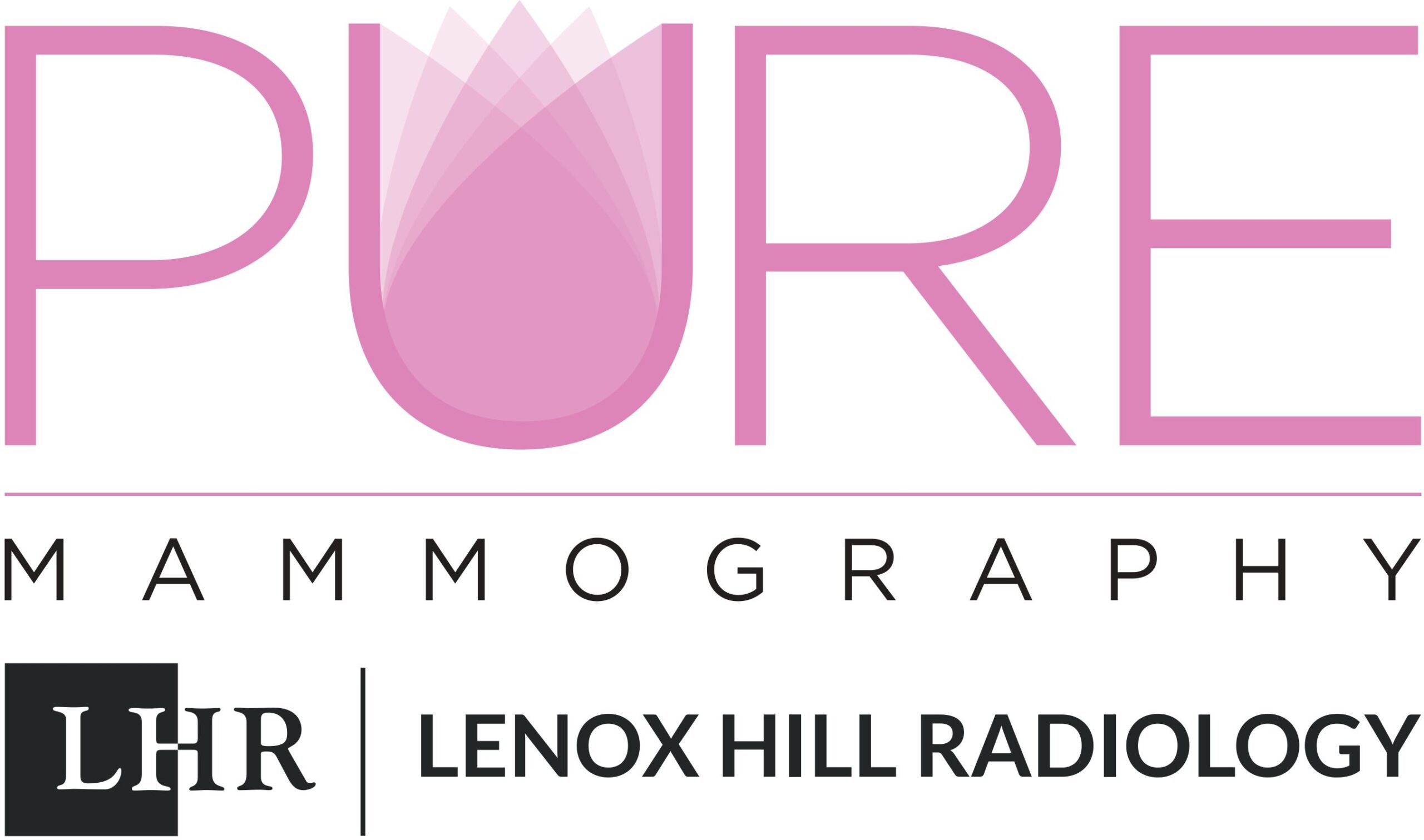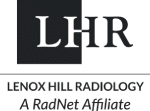What Does Breast Density Mean?
 What is Breast Density?
What is Breast Density?
Breast tissue contains three kinds of tissue: fat, glandular, and connective. If you have dense breasts, that means you have more glandular and connective tissue in relation to the amount of fatty tissue.
What Affects Breast Density?
Dense breast tissue is normal. You can’t feel dense tissue, but it will show up on a mammogram as white areas instead of black, which is how fatty breast tissue appears. You might have dense breast due to the following:
- Genetic factors
- Low body mass index
- Post-menopausal hormone therapy
How Can I Find Out if I Have Dense Breast Tissue?
The only way to find out if you have dense breast tissue is to get a mammogram. Your radiologist will examine the x-ray for breast abnormalities and will make a note if you have dense breast tissue.
Is Breast Density Common?
Mammogram results show that almost half of women over 40 have dense breast tissue. Your breasts may change to more fatty tissue due to the following:
- Advancing age
- Bearing children
What Are the Characteristics of Dense Breasts?
BI-RADs, or Breast Imaging Reporting and Data System is what doctors use to categorize breast density. BI-RADs was created by the American College of Radiology to assist doctors in applying a nationwide standard to interpreting mammogram findings, including reporting on dense breast tissue. The categories are as follows:
- A: The breast tissue is almost completely fatty, which occurs in about 10% of women
- B: There are scattered areas of dense (glandular & connective) tissue along with fatty tissue, which is the norm for about 40% of women
- C: The breasts are equally dense and fatty, which also is the norm for about 40% of women
- D: The breast tissue is extremely dense, which is normal for about 10% of women
Do I Have a Higher Risk of Getting Cancer if I Have Dense Breasts?
Doctors don’t know why having dense breast tissue increases a woman’s chance of developing breast cancer. Because dense breast tissue appears white on mammograms, it’s possible that the tissue can obscure the appearance of masses and tumors that also appear white on an x-ray. Because mammograms can be less accurate if you have dense breasts, it’s important to discuss with your doctor if you should seek additional testing methods to check for breast cancer.
What Other Testing Options Should I Consider if I Have Dense Breasts?
You and your doctor should discuss all of your risk factors, including family history, in addition to your protective factors, which lower your risk of breast cancer. Additional tests that can be helpful include:
- MRI (Magnetic Resonance Imaging)
- Ultrasound
These tests use magnets and sound waves to form pictures of breast tissue. Because these testing methods can sometimes return false positive results, you and your doctor will have to decide if the benefits outweigh the risks.
Where Can I Get a Mammogram on Long Island?
PURE Mammography is Long Island’s premier breast imaging center. Conveniently located inside Smith Haven Mall in Lake Grove, we perform state-of-the-art 3D mammograms in a relaxing, spa-like atmosphere. Contact us today to learn more about our unique facility.

 Learn More About LENOX HILL RADIOLOGY
Learn More About LENOX HILL RADIOLOGY